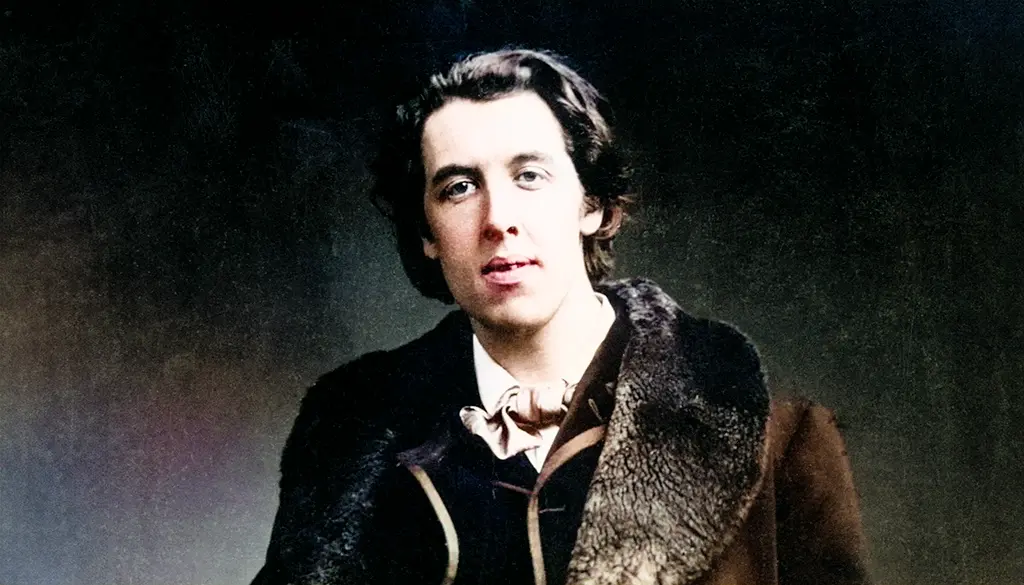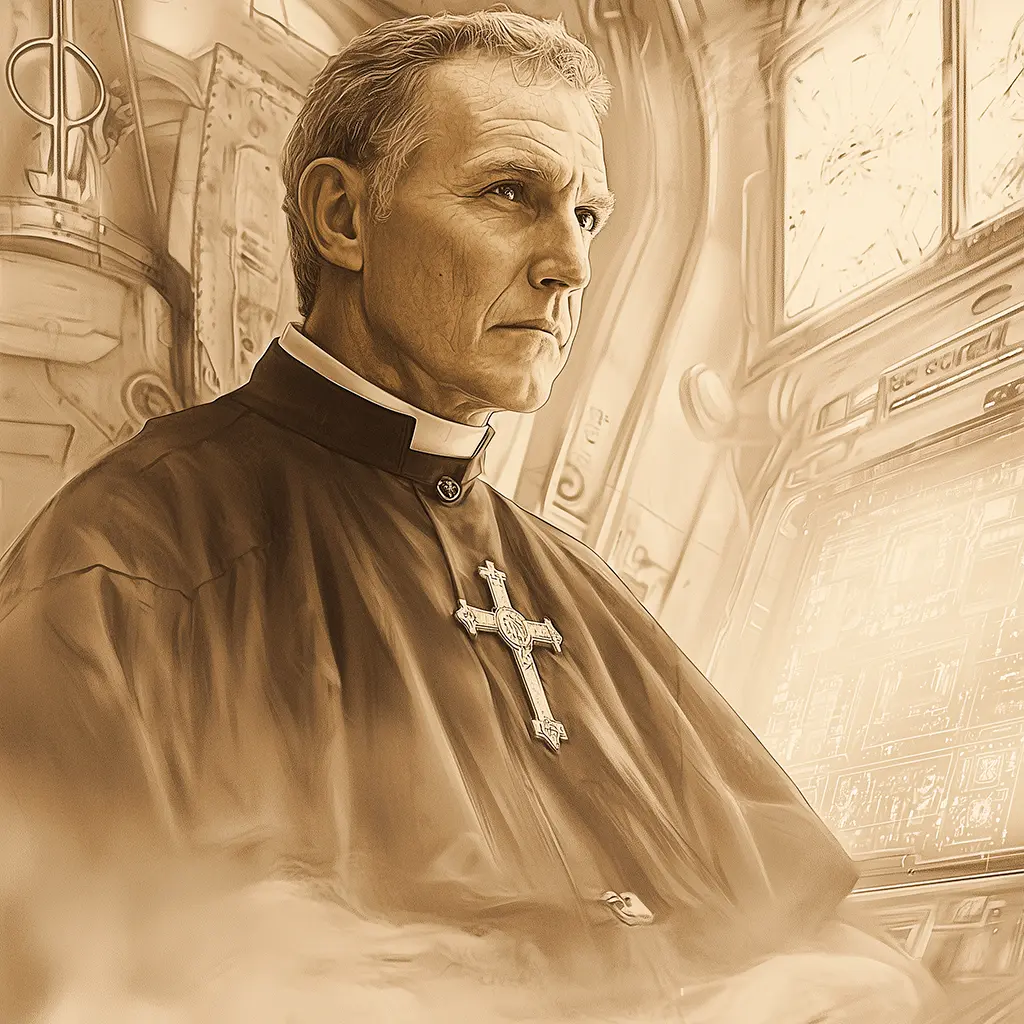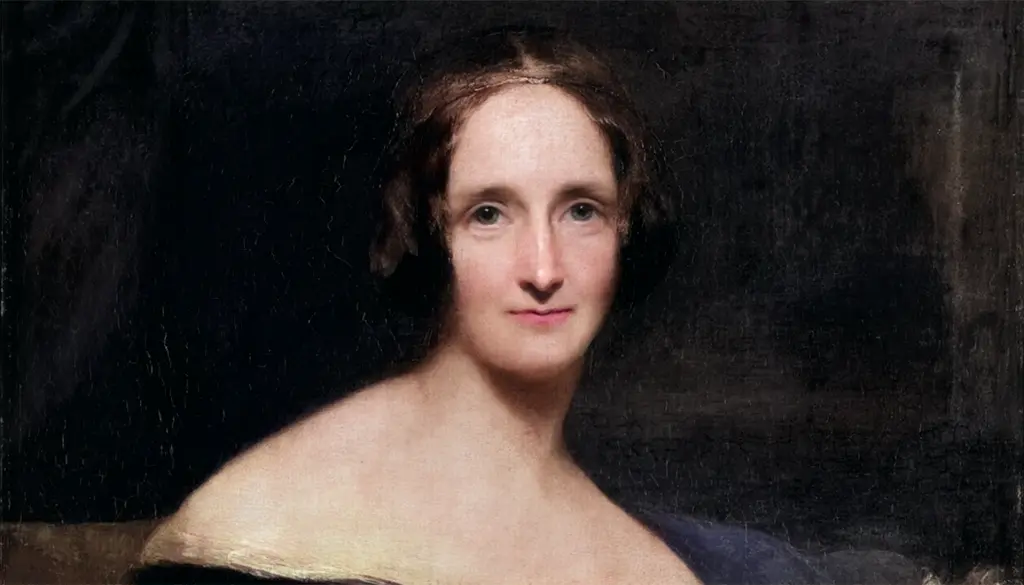The Stories of Oscar Wilde
Discover the best stories by Oscar Wilde, master of wit and fantasy literature. Explore unforgettable tales such as The Happy Prince and The Canterville Ghost, full of beauty, irony and depth. Read his complete stories and immerse yourself in his literary universe.





